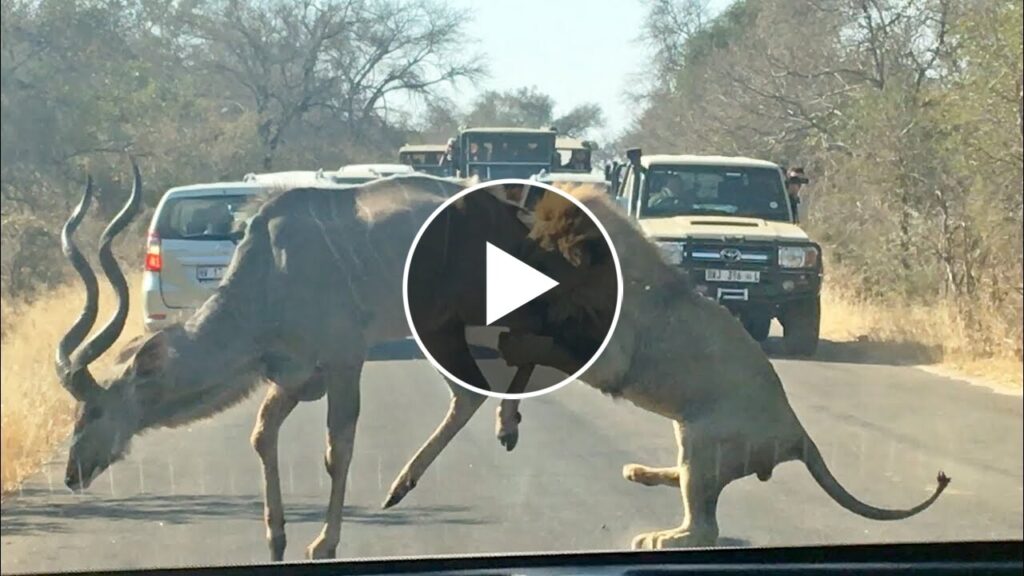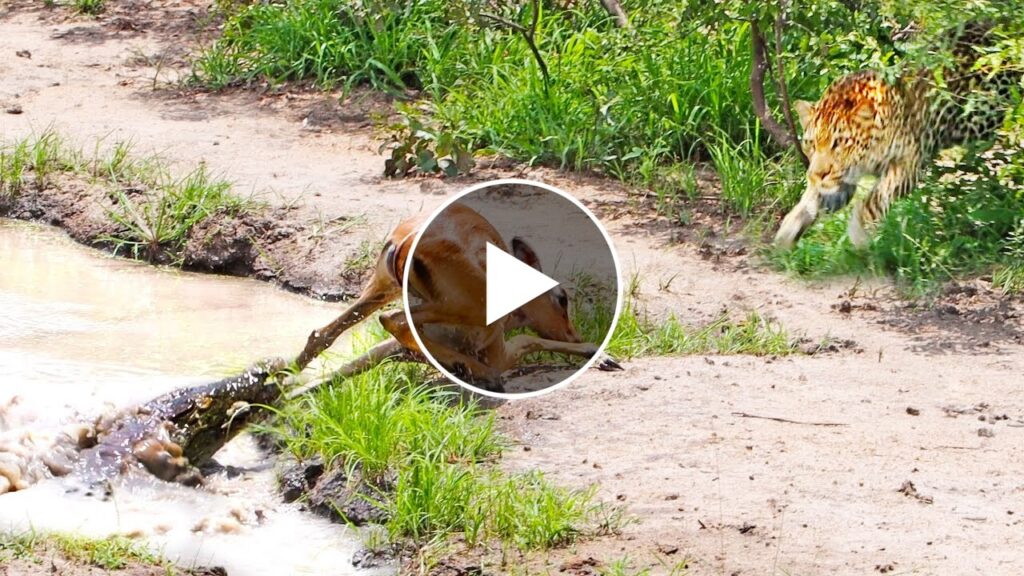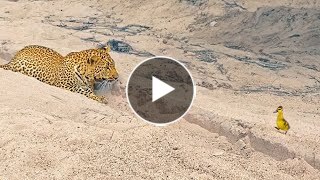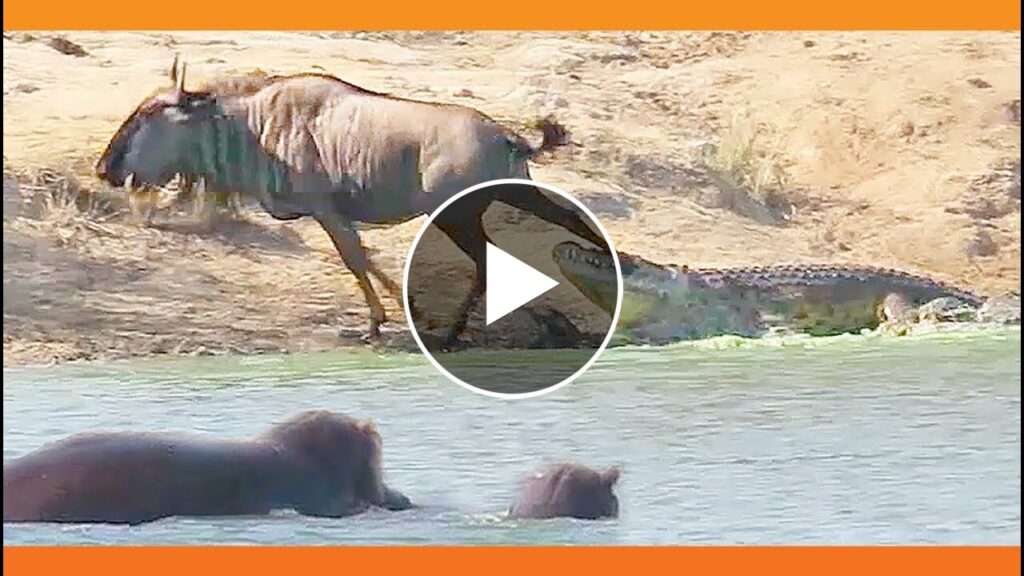Rattlesnakes are known to prey on small birds and mammals such as rats and mice. But it is not common to see them feeding on alligators, which are too dangerous for most snakes to even approach. But rattlesnakes are opportunistic feeders and they will attack, kill and eat a small baby alligator, killing their prey with a venomous bite.
All rattlesnakes possess a set of fangs with which they inject large quantities of hemotoxic venom. The venom travels through the bloodstream, destroying tissue and causing swelling, internal bleeding, and intense pain. Rattlesnake eats alligator was filmed by Heiko Kiera aka Ojatro in South Florida in 2014.
Python Eats Alligator: Nature’s Brutal Reality Captured on Film
The image is both stunning and unsettling: a massive Burmese python, its jaws unhinged and stretched to an almost impossible degree, engulfing the lifeless body of a sizable American alligator. This isn’t a scene from a monster movie; it’s a stark depiction of the brutal reality playing out in the Florida Everglades.
While the Everglades are known for their diverse ecosystem, a relatively recent invasion has drastically altered the food chain: the Burmese python. Introduced to the area, most likely through accidental or deliberate releases, these apex predators are thriving in the warm, humid climate, and they’re impacting native wildlife populations in devastating ways.
The photograph, which has been circulating online, offers a chilling glimpse into the python’s predatory prowess. Alligators, traditionally apex predators in the Everglades, are no match for the constricting power and sheer size that Burmese pythons can achieve. These snakes can grow to lengths exceeding 20 feet and weigh over 200 pounds, making them capable of tackling even the largest American alligators.
Scientists are increasingly concerned about the impact these invasive snakes are having on the Everglades ecosystem. Studies have shown significant declines in populations of various native animals, including wading birds, small mammals, and even deer, directly attributed to python predation. The alligator, however, represents a particularly alarming prey item.
“The alligator is a cornerstone species in the Everglades,” explains Dr. Emily Carter, an Everglades invasive species specialist. “Their presence influences the landscape and the habitats of countless other species. The fact that pythons are now successfully predating on alligators highlights the severity of the ecological imbalance.”
The python’s ability to consume such a large prey item is a testament to its evolutionary adaptations. Its loosely hinged jaws allow it to swallow prey much larger than its head, and its powerful muscles can crush and suffocate its victims. The slow digestion process that follows allows the python to survive for extended periods without needing to hunt again.
Efforts are underway to control the python population in the Everglades. These measures include professional python hunters, research into effective eradication techniques, and public awareness campaigns aimed at preventing further releases of invasive species. However, the sheer number of pythons already established in the ecosystem presents a formidable challenge.
The photograph of the python devouring the alligator serves as a grim reminder of the consequences of introducing non-native species into fragile environments. It underscores the importance of responsible pet ownership and the need for continued research and management strategies to mitigate the devastating impacts of invasive species on our planet’s biodiversity. The future of the Everglades ecosystem hinges on our ability to effectively address this growing threat. This image, though disturbing, is a call to action – a stark reminder of the delicate balance of nature and the potential for irreversible damage when that balance is disrupted.







